Boost Your Digital Presence with Our Expert SEO Services
In today’s digital presence, SEO Services standing out online is crucial. At GBOB Market, we specialize in elevating your brand’s visibility through top-notch SEO strategies tailored to your unique needs. Our expert team utilizes the latest techniques and data-driven insights to improve your search engine rankings, drive organic traffic, and enhance your overall online presence. Why choose us? Customized SEO Strategies: We develop and implement strategies that align with your business goals and target audience. Comprehensive Keyword Research: We identify and target the most relevant keywords to ensure your website attracts the right visitors. On-Page & Off-Page Optimization: From optimizing your website’s content and structure to building high-quality backlinks, we cover all aspects of SEO. Regular Performance Reporting: Stay informed with detailed reports on your website’s performance and progress. Unlock the full potential of your online presence with our expert SEO services. Contact us today to start your journey towards higher rankings and increased visibility! Absolutely! Crafting a compelling message to promote expert SEO services is essential for drawing in potential clients. Here’s a polished version that might help: Influencers: Influencers have become a major force in the business world, leveraging their personal brands and online presence to build successful enterprises. Here are some key ways influencers are turning their influence into profitable businesses: 1. **Product Lines**: Many influencers create their own product lines, from beauty products and fashion collections to health supplements and tech gadgets. For instance, Kylie Jenner’s Kylie Cosmetics and Huda Kattan’s Huda Beauty are prime examples of influencers launching successful beauty brands. 2. **Merchandise**: Influencers often sell branded merchandise, including clothing, accessories, and lifestyle products. This can range from simple t-shirts and mugs to more elaborate items tied to their personal brand or content. 3. **Digital Courses and E-books**: Some influencers capitalize on their expertise by creating and selling digital products such as online courses, webinars, and e-books. This is common among influencers who offer advice on topics like marketing, fitness, or personal development. 4. **Sponsored Content and Partnerships**: Influencers frequently collaborate with brands to create sponsored content, which can include social media posts, videos, and blog articles. These partnerships can be highly lucrative and are a core component of many influencer business models. 5. **Consulting and Coaching**: Influencers with significant experience or expertise in a particular field often offer consulting or coaching services. This might involve one-on-one sessions, group coaching, or advisory roles for companies. 6. **Events and Appearances**: Hosting events, workshops, or speaking engagements is another revenue stream. Influencers may also participate in panel discussions, product launches, or charity events, often commanding significant fees for their participation. 7. **Subscription Services**: Platforms like Patreon, OnlyFans, or exclusive content channels allow influencers to offer subscription-based access to their content. This model provides a steady income stream and closer engagement with their audience. 8. **Media Ventures**: Some influencers expand into traditional media, creating podcasts, TV shows, or even launching their own media companies. Their established following can help attract audiences and advertisers in these new ventures. 9. **Affiliate Marketing**: Influencers often earn commissions through affiliate marketing by promoting other companies’ products. They receive a percentage of sales generated through their unique affiliate links. 10. **Investment and Entrepreneurship**: Some influencers invest in startups or become entrepreneurs themselves, using their platform and industry knowledge to drive business ventures beyond their original influence. Overall, the influence of social media stars extends well beyond their online presence, allowing them to build diverse and profitable businesses. Content marketing is a strategic approach focused on creating and distributing valuable, relevant, and consistent content to attract and retain a clearly defined audience, ultimately driving profitable customer action. Here’s a breakdown of the core aspects of content marketing: Strategy: This involves understanding your target audience, setting clear objectives, and planning how your content will help achieve those objectives. It includes defining key messages, choosing content types, and determining distribution channels. Content Creation: Crafting high-quality content that resonates with your audience is essential. This can include blog posts, videos, infographics, podcasts, ebooks, and more. The content should provide value, whether that’s through solving problems, providing insights, or entertaining. Content Distribution: Once created, content needs to be distributed effectively. This could be through your website, social media channels, email newsletters, or other platforms where your audience is active. Engagement: Engaging with your audience is crucial. This means not only providing content but also interacting with your audience through comments, social media, and other forms of feedback. Analytics and Measurement: Tracking the performance of your content is key to understanding its effectiveness. Metrics like website traffic, engagement rates, and conversion rates can help you assess whether your content is meeting its goals and how it can be improved. Optimization: Based on the data collected, you’ll need to adjust your content strategy. This might involve tweaking your content based on audience feedback, SEO adjustments, or trying new content formats. Effective content marketing can build brand awareness, establish authority in your industry, and drive engagement and conversions. It’s all about providing value and fostering a relationship with your audience. Contact our Marketing: marketing@gbobmarket.com Website: https://gbobmarket.com/











